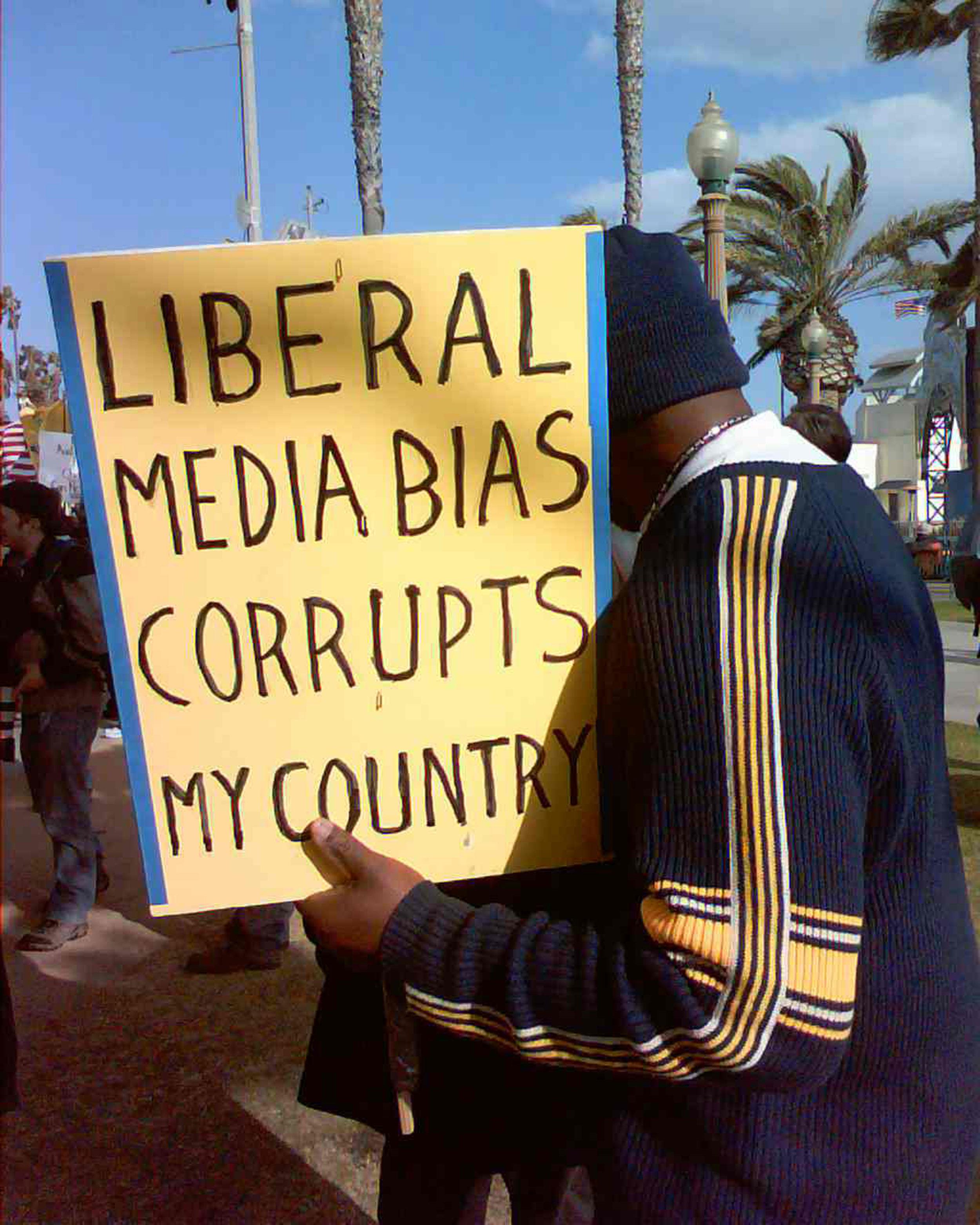
- •2.1 Mass Media and Its Messages Learning Objectives
- •Propaganda and Persuasion
- •Media Effects and Behavior
- •Violence and the Media
- •Sex and the Media
- •Cultural Messages and the Media
- •New Media and Society
- •Information
- •Literacy
- •Convergence Culture
- •Bert Is Evil
- •Key Takeaways
- •Exercises
- •2.2 Media Effects Theories Learning Objectives
- •Challenges to the Direct Effects Theory
- •Marshall McLuhan’s Influence on Media Studies
- •Agenda-Setting Theory
- •Uses and Gratifications Theory
- •Symbolic Interactionism
- •Spiral of Silence
- •Media Logic
- •Cultivation Analysis
- •Key Takeaways
- •Exercises
- •2.3 Methods of Researching Media Effects Learning Objectives
- •Content Analysis
- •Archival Research
- •Surveys
- •Social Role Analysis
- •Depth Interviews
- •Rhetorical Analysis
- •Focus Groups
- •Experiments
- •Participant Observation
- •Key Takeaways
- •Exercises
- •2.4 Media Studies Controversies Learning Objectives
- •Problems with Methodology and Theory
- •Active versus Passive Audience
- •Arguments against Agenda-Setting Theory
- •Arguments against Uses and Gratifications Theory
- •Arguments against Spiral of Silence Theory
- •Arguments against Cultivation Analysis Theory
- •Politics and Media Studies
- •Media Bias
- •Media Decency
- •Jack Thompson versus Violent Video Games
- •Media Consolidation
- •Key Takeaways
- •Exercises
- •End-of-Chapter Assessments
- •Critical Thinking Questions
- •Career Connection
Arguments against Cultivation Analysis Theory
Critics have faulted cultivation analysis theory for relying too heavily on a broad definition of violence. Detractors argue that because violence means different things to different subgroups and individuals, any claim that a clear message of violence could be understood in the same way by an entire culture is false. This critique would necessarily extend to other studies involving cultivation analysis. Different people understand media messages in varying ways, so broad claims can be problematic. Cultivation analysis is still an important part of media studies, but critics have questioned its unqualified validity as a theory. [5]
Politics and Media Studies
Media theories and studies afford a variety of perspectives. When proponents of a particular view employ those theories and studies, however, they are often oversimplified and can result in contradictory claims. In fact, when politicians and others employ media studies to validate a political perspective, this is a common result.
Media Bias
A good example of the ways that media can bolster political opinion is through coverage, which leads to the debate over media bias. One 1985 study found that journalists were more likely to hold liberal views than were members of the public. Over the years, many have cited this study to support the opinion that the media holds a liberal bias. However, another study found that between the years of 1948 and 1990, 78 percent of newspaper presidential endorsements were for Republicans. [6]
Media favoritism again became a source of contention during the 2008 presidential race. A random sampling of campaign coverage in the run-up to the election found that 82 percent of stories featured Barack Obama, while only 52 percent discussed John McCain. [7] Allegations that the media favored Obama seemed to bolster the idea of a liberal bias. But other studies belied this belief. Research conducted during the election showed that favorable media coverage of Obama occurred only after his poll numbers rose, hinting that the media were reacting to public opinion rather than attempting to influence it. [8]
Figure 2.9

Allegations of media bias are a recurring theme in political debates.
Media Decency
Decency standards in media have long been an issue, and they continue to change in ways that are not necessarily predictable. Once banned in the United States for obscenity, James Joyce’s Ulysses is now considered a classic of modern literature, while many schools have banned children’s classic Adventures of Huckleberry Finn for its use of ethnic slurs. Because of the regulatory powers that government possesses over the media, decency is also an inherently political issue. As media studies have progressed, they have increasingly appeared in the debates over decency standards. Although media studies cannot prove a word or image is indecent, they can help discern the impact of that word or image and, thus, greatly influence the debate.
Organizations or figures with stated goals often use media studies to support those aims. For example, the Parents Television Council reported on a study that compared the ratio of comments about nonmarital sex to comments about marital sex during the hours of 8 p.m. to 9 p.m. The study employed content analysis to come up with specific figures; however, the Parents Television Council then used those findings to make broad statements, such as “the institution of marriage is regularly mocked and denigrated.” [9] Because content analysis does not analyze the effect on audiences or analyze how material is presented, it does not offer a scientific way to judge whether a comment is mocking and denigrating marriage, so such interpretations are arguably unsupported by the research. For example, researchers performing a content analysis by documenting the amount of sex or violence on television are not analyzing how this content is interpreted by the audience. They are simply noting the number of instances. Equally, partisan groups can use a number of different linguistic turns to make media studies fit their agenda.
Media studies involving violence, pornography, and profanity are inherently politically charged, and politicians have also conducted their own media studies. In 2001, for example, a Senate bill aimed at Internet decency that had little support in Congress came to the floor. One of the sponsoring senators attempted to increase interest by bringing to the Senate floor a file full of some of the most egregious pornographic images he could find on the Internet. The bill passed 84 to 16. [10]
